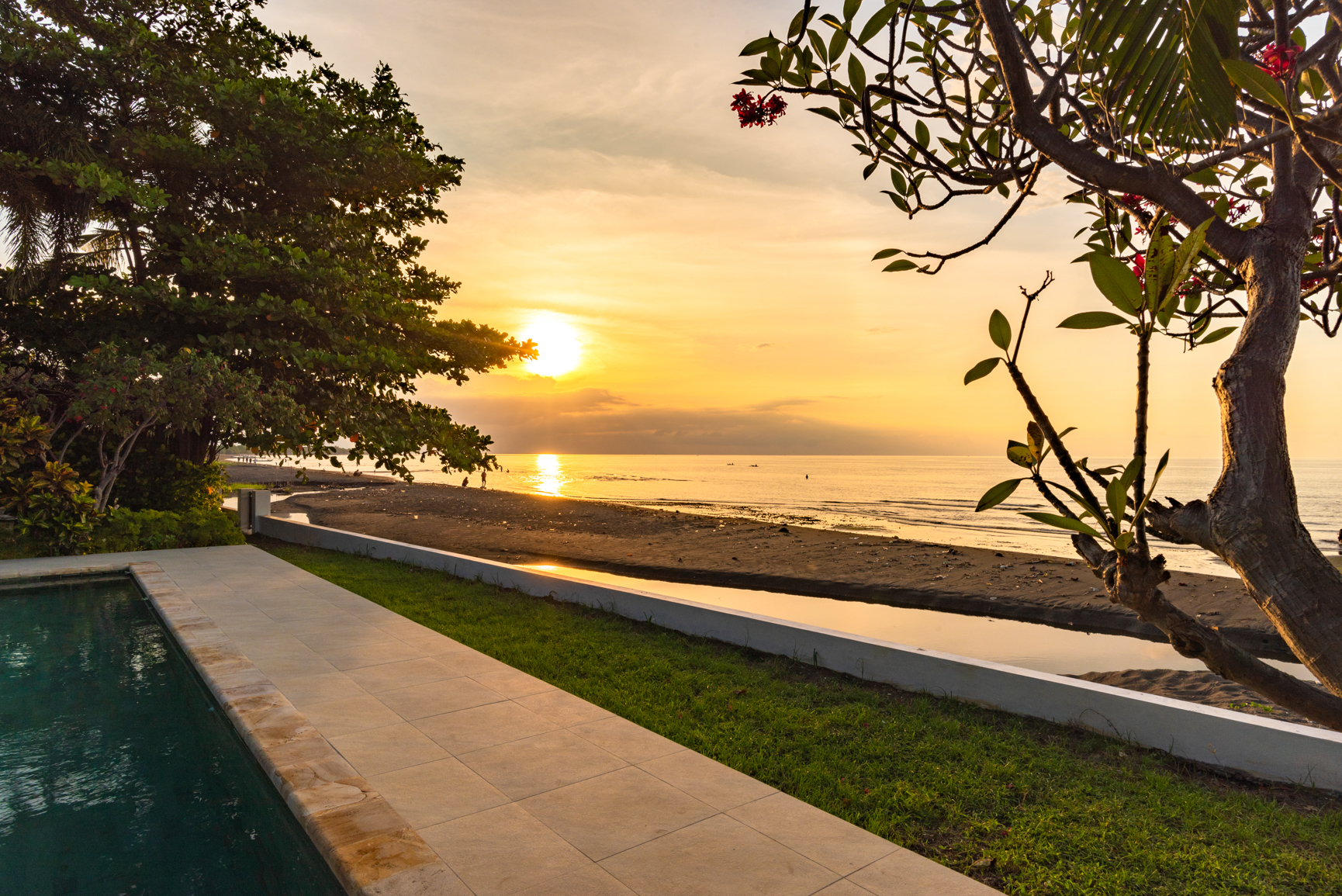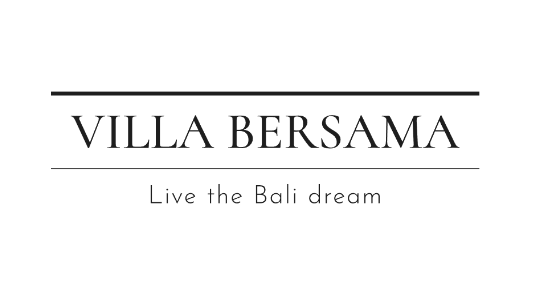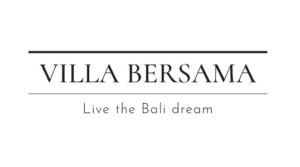Bali
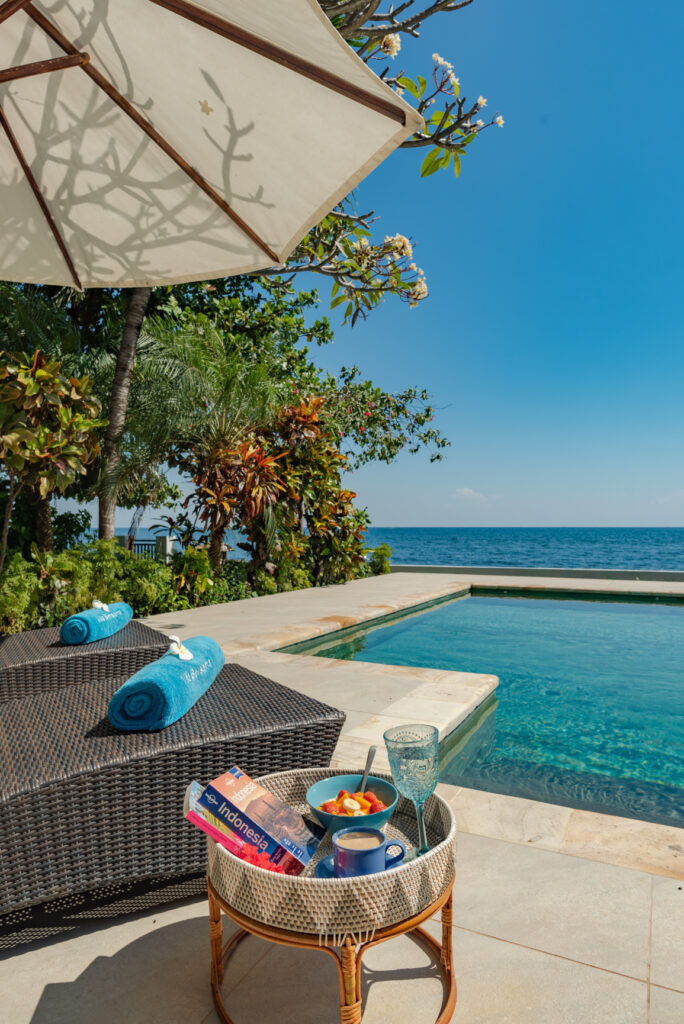
Bali
Bali is one of the 13.677 islands of Indonesia. It covers an area of over 5.560 km2 and has about 3 million inhabitants. From east to west it's about 145km wide and from north to south approx. 85km. The spoken language is Bahasa Indonesia and the currency is the Rupiah. For up-to-date exchange rates click here.
Bali has many volcanoes. The chain of volcanoes determines the relief of the Balinese landscape. The highest peak on the island is Gunung Agung (Mount Agung), the Holy Volcano (well over 3100m). Another famous volcano and tourist attraction is the Gunung Batur (1700m). Both are situated in the North-West. Bali has a varied landscape due to the volcanic activity and the tropical climate. The volcanic soil is very furtile, as a result of which various plants, trees and crops grow in abundance. Agriculture is an important source of income. The most important Balinese crop is rice, here one can find the famous sawah’s; wet rice fields which are mainly laid out in stepped terraces. Other important crops are coffee, tabacco, spices and fruit.
The Southern part of Bali is rather flat. Situated next to the big capital Denpasar are the most important tourist cities like Sanur en Kuta. The most Southern part of the island, Nusa Dua, used to be an important cocos plantation in the old days. Nowadays the landscape is determined by very luxurious and vast hotel complexes, golfcourts and shopping centres.
Almost the whole of the population lives outside, as well at work as at home in the village. Over 85% of the inhabitants of the island lives and works in the countryside, approx. 10% is working in the tourist sector. Specific touristic villages besides the seaside resorts are amongst others Ubud (artist village) and the Bali-aga village Tenganan (the original non-Hindu habitants of Bali).
Climate
Bali has a tropical monsoon climate. The island is situated close to the equator, as a result it is always warm and there are only 2 seasons: the dry and the rainy season. The average temperature is pretty much the same all year round. Althought there is a difference between daytime and nighttime temperature. The average daytime temperature is 28˚ C, at night the average is 22˚C. Also the temperature of the sea water is quite constant during the year, around 28˚C. For an overview of the weather during the year click here. The 'dry' season is from April until November. The so called 'rainy' season is characterized by short abundant rainfall during the months November-April (the monsoon). However, during the 'dry' months plenty of rain can fall as well. When it rains the showers are often heavy but short. Like anywhere in the tropics most showers are either in the late afternoon or evening; most of the times the mornings are clear and sunny. Due to the high humidity the weather often is quite sultry. Most of the times the weather in the higher situated areas is cooler. Along the shore there's often a pleasant breeze, which makes the beach a nice place to stay.
Culture and Religion
Bali is the only island in the 'Emerald Belt' where the Islam has hardly penetrated. The Hindu culture, modified to the Balinese circumstances, dominates the island; 90% of the Balinese is Hindu. You will see the Hindu culture everywhere, expressed in the many temples and the unique processions.
Bali is also called the 'Island of the Gods'. Every village has at least three temples. There are small temples at crossings, hill tops, mountains and sawah's. Of course every house has its own temple(s) as well. On Bali religion is entwined with daily life. This shows, among other things, in the famous Balinese dances, cremations and the big celebration of birthdays. In general the population is very friendly towards tourists; giving you the opportunity to experience the local and religious traditions from up close.
Our villa is inaugurated according to Balinese customs on the 16th of Feb 2006, click here for some pictures. We've got 2 temples where offerings take place every day. Every evening you'll also find offerings at the entrance and the pool. Offerings consist of incense, bread, rice and flowers. This is of course to please the gods and to keep evil spirits at bay. You'll not only find this ritual at our villa but basically everywhere (especially at entrances of buildings and stairs). Many buildings have stone guards at the entrance often with typical Balinese cloths swathed around them.
Huis TempelsThe typical Balinese culture has different values and customs from the ones we are used to in our Western society. When you visit a temple, you ought to wear a sarong and a slendang (sash) around the waist. These you can often get at the entrance of a temple. For non-Hindu's it's forbidden to enter the inner sanctuary of a temple. Women are considered unclean during their period and are therefore not allowed to visit temples. When visiting a temples a small contribution is normal. The money will be used for maintainance. It's advisable to ask for permission when taking pictures of people in religious places or people performing a ceremony. Taking pictures of military buildings is strictly forbidden!
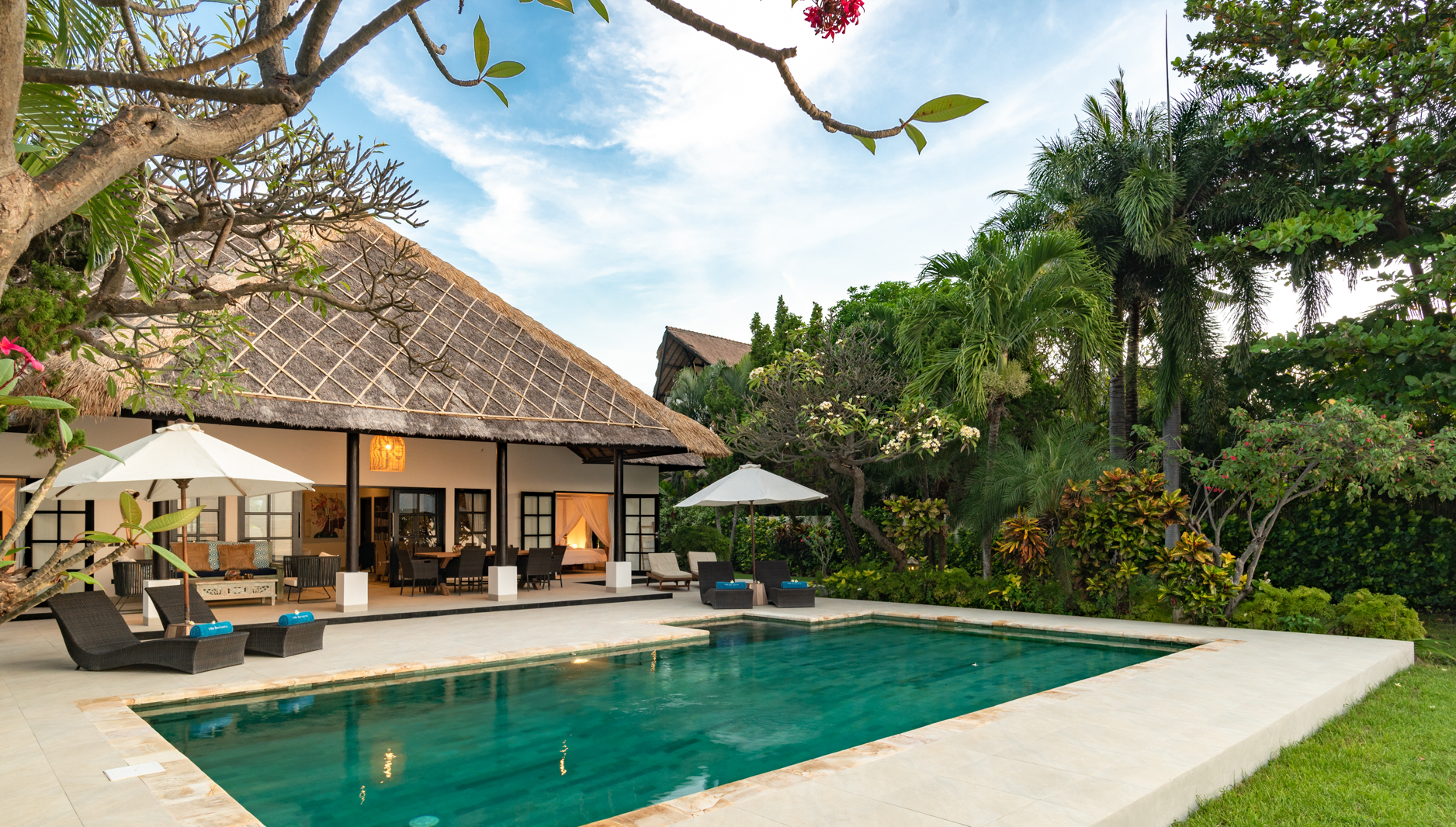
Ready for your trip?
Are you ready to start your Bali adventure and stay with us? Make your booking now!
Things to do
Our villa is located in Lovina, in northern Bali. More and more people discover northern Bali to be a great holiday destination. Famous for its early morning dolphin-watching boat trips, Lovina also offers good snorkeling, diving and trekking in the nearby mountains. Do not miss the opportunity to soak in hot springs and catch beautiful sunsets! With a wonderful variety of restaurants and bars located on or very near the calm beach, Lovina offers something for everyone. It is also a good base to take day trips to the nearby attractions of North and West Bali.
